Wendy Lewis strategies for making this new model work well beyond the pandemic

Wendy Lewis & Co Ltd, Global
Aesthetics Consultancy, author
of 12 books, and Founder/
Editor-in-Chief of www.
beautyinthebag.com. Her book Aesthetic Clinic Marketing in the Digital Age (CRC Press) will have a 2nd edition available in 2021.
contact [email protected]
Even as practitioners are opening their clinics and patients start to re-enter the market, we are regrettably still in the midst of the global disruption COVID-19 has caused. The massive impact of the pandemic has altered our world forever.
As new trends and emerging consumer behaviour have surfaced, aesthetic practices have been pressed to adapt rapidly to the next normal. One significant trend to pay attention to are the evolving opportunities that cutting-edge technology and connectivity solutions offer.
Practitioners across all specialties have been forced to pivot into doing more tasks virtually through resourcefulness and survival instincts. They have had to reinvent their facility and systems and move rapidly into telehealth and to a contactless practice. Many businesses have transitioned to a virtual workplace, as consumer habits have shifted to more online interactions with every company they deal with. As a result of these sweeping shifts, the pandemic has essentially accelerated digital transformation across all industries, including medicine and aesthetics.
Most of us have made peace with this trend and became more comfortable with it. We can expect digital communications to be a critical tool for practices for the foreseeable future. For those who are lagging behind, it is time to advance your digital footprint to maximise efficiency, improve convenience and personalize the experience for patients.
So, what’s an aesthetic practitioner to do? Well, you can either jump on the train or get left behind at the station.
Communicating with patients
The pandemic has catapulted us into the world of the future in which digital has gone mainstream. Digital communications have become central to every interaction, which has forced us to adapt nimbly. In the immediate term, consider virtual replacements for some of the physical offerings in your practice, or at least look at new ways of making them accessible with minimal physical contact.
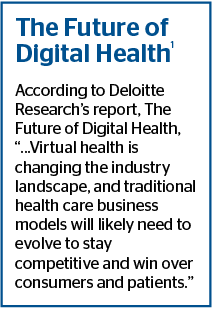
Digital channels have become the initial point of patient engagement. A patient’s first exposure to your practice may be hearing about you from a friend or colleague, but more likely it will be from an online search on Google or flipping through Instagram. If it is through a personal recommendation, they will look to learn more about your practice through Google or Instagram, and will most likely do so on their mobile devices.
Many patients will next land on your website — also on their mobile devices — where you will want to put your best foot forward to get them to take the next step of asking a question or scheduling an appointment. A virtual practice tour is a great way to engage prospective patients by giving them a sneak peek into what their experience will be like in your practice. This can build trust and familiarity with potential patients so they will feel like they know you before they ever come in. Walk them through what they will experience when they arrive for a treatment and beyond, introduce them to the staff. Demonstrate how you have complied with social distancing, sanitising, and health and safety regulations to alleviate any fears they may have about coming to the practice.
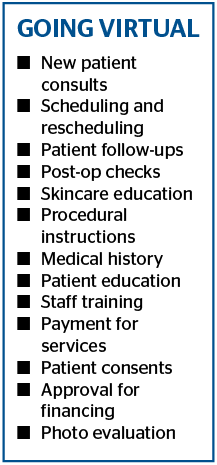
Whether digitally or the old fashioned way, reaching out to your patients on a regular basis is vital to maintain a connection. This can take many forms, depending on the size of your practice and the practitioner’s availability and comfort level. You may want to make calls or send texts to special patients, for example. A personal touch counts a lot in the current market.
Sending e-blasts is still a viable communication tool to keep patients updated on what the practice is doing for their safety, as well as what is new and exciting that they will want to know about. Set a formal interval to send these, which may range from weekly at most to monthly, which tends to be the most common. Less than monthly may lose some momentum, and you will be able to track how your eblasts are being received by the unsubscribes and open rates.
Automated processes can help save on expenses and improve productivity, so take time to reassess the systems you have in place that may be in need of updating to make the biggest impact. Consumers seeking aesthetic treatments always have questions directly for the practitioner, or about booking an appointment, fees, downtime, and more. Previously they might have emailed or called the practice, but now they may find themselves speaking to an AI assistant on the website.
Voice assistants
Implementing AI-powered chatbots presents an efficient way to engage with patients 24/7. While offering a basic chatbot does not offer the same level of customer engagement as more advanced chatbot solutions, it is a good start. The ultimate goal is to create an omnichannel communication experience so you can incorporate chatbots when appropriate, but still have the capability to transfer a client to someone in the practice when the conversation requires human engagement.
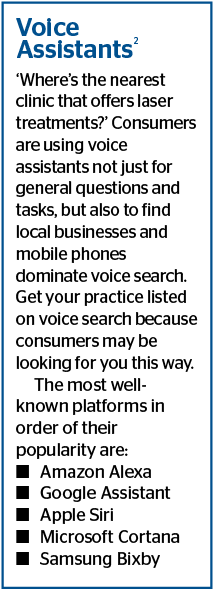
For example, the conversation may start in a chatbot and then it can be transferred over to a front desk person or medical assistant who can speak live to the patient inquiring about services or book an appointment in the practice or virtually through Zoom. In some cases, in the future, wisely programmed software may even be able to help patients with simple questions from instructions, pricing, scheduling, and aftercare.
The use of voice assistants has been on the rise for the past several years due to consumer adoption of smart speakers and devices. Voice technology is fast becoming an integral component of our lives. I was late to the party on this, but now I often jest that Alexa is my ‘employee of the month.’
When we return to some semblance of normalcy, whatever that will look like, voice technology will become imperative where it was once optional. Implementing voice technology will no longer be a novelty, but rather it will serve as a sign that your practice is modern, professional, and up to date. Think of this strategy as brand-building as well as labour-saving.
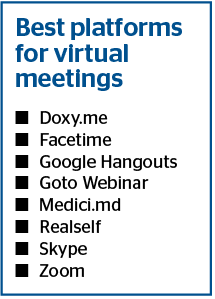
The pandemic has put tremendous strain on busy call centres which has created long wait times and frustrated customers. Voice assistants can serve to fill a gap when human contact is not an option. Chatbots and more sophisticated voice AIs can fill this gap by responding to clients at all hours of the day without interruption, while minimising the burden on practice staff and improving customer satisfaction.
Virtual consults & follow-ups
If you have not done so already while your practice was on lockdown, you are well-advised to implement a system for online scheduling of virtual consults and follow-ups to increase the number of patients you are able to evaluate in a given day. This model has caught on very quickly in all medical specialties as well as hospital-based clinics and will only continue to expand.
Depending on where your practice is located, start by fully educating yourself on the specific regulations that apply to you. For example, in the USA, if your practice is a covered entity under HIPAA and you accept government insurance plans like Medicare, some forms of virtual visits may not be a viable option. However, every country or region has specific privacy laws, that kick in and must be adhered to.
You will need to set up a way to take your patients’ credit cards virtually for pre-bookings and virtual consults in advance. Touchless payment methods are in line with the new way to practice to bypass staff and patients having to touch a terminal or hand over an actual credit card. As we know, any hard surface can spread the virus and has to be wiped clean after every use. In some cases, payments taken over the phone may be charged a higher merchant processing fee, and your bank may enforce restrictions on taking credit cards without the actual customer’s signature.
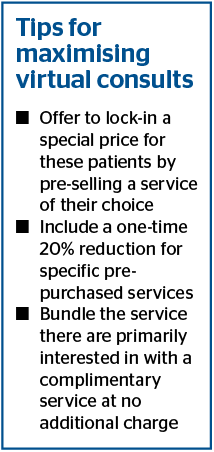
There are basically three models commonly implemented for virtual consults in aesthetic practices. The most common method is to offer a complimentary consult for a specified period of time, such as 30 minutes. Many practices upon opening reinstated their customary consult fee for virtual consults as well as in-office consults. Finally, the hybrid model is to charge a fee that will be then applied to the patient’s first treatment in the practice. Your choice will be based on the type of practice you run, as well as your standing in your field and the market you are located in. If most aesthetic practitioners offer free consults, it makes it harder to be able to charge for live consults, and even more tricky to charge a fee for virtual ones. In the current climate, you may find that many patients will be resistant to paying for a consultation. In this case, offering a complimentary consult with ancillary staff, such as a nurse, medical assistant, manager or aesthetician, may serve the dual purpose of engaging with the patient while minimising physician time.
However, the challenge for practitioners is to find a happy balance between patient flow and the limited capacity of their physical offices in a post-COVID-19 world due to social distancing recommendations. In some locations, the six feet apart rule may necessitate one patient at a time in the waiting room. These and other new constraints force practitioners to make the best use of their space and time, which is where virtual consults and follow-ups are proving to be a lifesaver.
Consider that many patients are also keen to limit where they go and how often for anything that may fall into the ‘non-essential’ category to minimise their risk of potential exposure to the virus. This is especially true of female patients of 50 years and up who tend to be more cautious. Consumer behaviour factors into why a semi-virtual model represents the present and future of healthcare. Therefore, executing consults as well as follow-ups, skincare evaluations, pre- and post-procedure instructions, routine patient checks, and triage potential side-effects are proving to be an essential alternative or adjunct to live appointments for managing aesthetic patients. Of course, the practitioner can decide to convert virtual to live office visits as needed to provide optimal care as well as maintain a good relationship with patients.
Virtual events
Although virtual events are not quite a substitute for the camaraderie that live events facilitate with guests, virtual events are a welcome substitute. If you do choose to revamp live events in your practice, social distancing will need to be adhered to so space may be tight to host more than a handful of guests. In some practices, live events are a non-starter due to space constraints post-pandemic. Hopefully, in the near future, we can think of virtual events as a means to complement in-person events as a hybrid model.
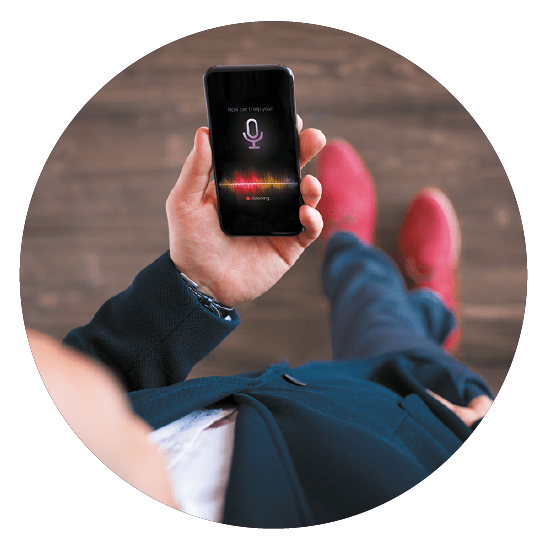
To attract attendance at your virtual events, it is standard practice to offer incentives to drive interest and encourage guests to invite their friends. It is best to mix these up to alternate these strategies for every virtual event you design and widen your reach of attendees.
Popular incentives include:
- Promo code for a free virtual consultation
- Complimentary mini service
- Exclusive one-time packages
- Free samples or gift with purchase
- Free delivery or curbside service for skincare purchases
- Promo code on a skincare purchase
- Buy a treatment package and get a skincare product
- Drawing for a free sunscreen or moisturiser.

Get creative and target a specific audience for each virtual event you plan. Most formats of live events that you may have used previously can be converted to a virtual model. For example, virtual events are ideal for introducing a new treatment or service with a brief presentation and live or taped demo in your practice to show how it works. Leave time for audience questions and provide a unique code for attendees to take advantage of the special offer when they reach out.
Another popular theme is a Beauty Chat session in the practice with a special guest on a timely topic of interest. Some options may be inviting a trendy makeup artist or representative from one of the skincare brands you offer to discuss seasonal skincare trends or wellness tips from a yoga instructor or nutritionist. A potential offer may be a 20% code for purchasing two skincare products, or a free virtual session with the yoga instructor or other guest.
The goal is to get in front of a new audience and convert attendees to customers whether to purchase products from your site or schedule an appointment.
Online skincare sales
I have heard from many practices that the only income they were generating while they were closed was from online skincare sales. By promoting your selection to current patients as well as expanding your audience, this strategy can prove to be a simple and straightforward way to make money while you sleep.
It is much easier today to set up your own online store, and there are more options available. Shopify.com, for example, is a popular platform to tap into. They offer a secure turnkey shopping cart solution and software that allows you to accept credit cards and PayPal payments, and credit card and order data is encrypted. The shopping cart software is set up to use your local currency and automatically calculates tax rates based on where you and your customers are located.
Note that some professional or clinical skincare brands prohibit or restrict online sales of their products, so check with your vendors first. Still, others offer the option to direct customers to their own site using a predetermined code, so the practice gets credit for all sales and the company packs and dropships the products. You may also offer curbside pickup, which has gained popularity in a pandemic world by bypassing patients coming into the practice for their purchases.
To personalise the experience for customers, consider combining a purchase with a complimentary virtual skin care evaluation and regimen, and include a personalised card to each order that is shipped from your practice. Add a special touch to stand out; the kind of service they will never get from Amazon or eBay.
Promote your skincare offering through all your social media channels, website, blog, eblasts, webinars, virtual events, as well as in patient areas. However, the use of testers sitting out on counters should be discontinued to comply with the new safety standards. Although some patients are unable or reluctant to come in for maintenance treatments of injectables, peels, non‑invasive body shaping, and other aesthetic services, selling skincare and self-care products can generate a valuable secondary revenue stream even when the practice is closed.
e-Gift cards
It is common practice for brands, spas, and medispas to offer gift cards or gift certificates via their website and now, also through virtual consults. You can designate gift cards to allow clients to use them on any services or products in your practice. This is an excellent way to drive revenue during slow times and is particularly popular around holidays.
Before you go there, investigate the regulations governing gift cards in your local market. In some locations, these do not have an expiration date. Draft concise instructions for your policies and procedures, including no returns or exchanges, not transferrable, and note any exclusions for what these can be used for.
The next digital world
The COVID-19 crisis has provided a sudden glimpse into a future world in which digital has become central to every interaction, forcing both businesses and individuals to adapt almost overnight.
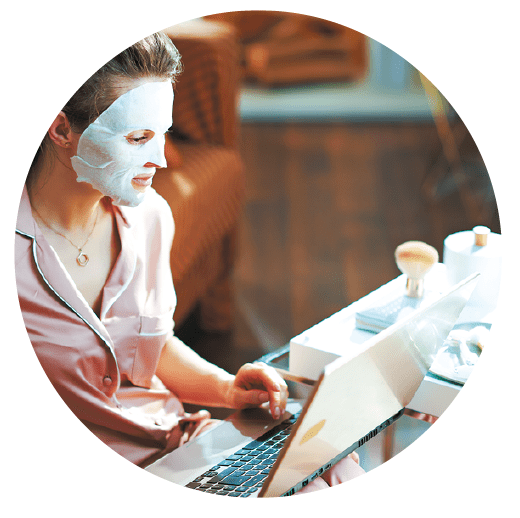
It is clear that the future is digital and there is nothing we can do to stop it.
Humans are instinctively resistant to change, yet everything around us changes non-stop. The best way to succeed in the future is to accept it and adapt. Whereas some things will snap back to the way they were, many others will progress. Employing advanced technology can help your practice stay ahead of the curve by embracing the digital transformations and taking advantage of the opportunities these offer.
Aesthetic practices that embrace an omnichannel communications strategy will be the winners in the eyes of the consumer during this recovery and for the future.
REFERENCES
- Fera B, Korba C, Shukla M. The future of virtual health. Modern Healthcare, 2020. Available at: https://www.mckinsey.com/featured-insights/leadership/from-thinking-about-the-next-normal-to-making-it-work-what-to-stop-start-and-accelerate [Last accessed 22 July 2020]
- Adobe Analytics Survey. State of Voice Technology for Brands. Available at: https://www.slideshare.net/adobe/state-of-voice-technology-for-brands-145863065 [Last accessed 22 July 2020]







